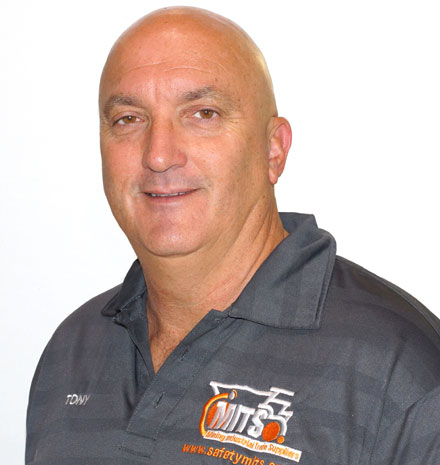
Tony Brooks
According to Tony Brooks part of his role with Safety MITS enables him to see many industrial and mining companies sites all over Australia. Source: Timberbiz
While many of these successful companies are safety focused and have embraced the latest safety technologies, there is still room for improvement.
Instead of using fit-for-purpose jacking, cribbing and blocking tools for supporting heavy loads, he said he was frustrated to see companies still putting their workers at risk by using inefficient and dangerous random pieces of timber.
While dunnage and blocks made of timber have traditionally been used for jacking, cribbing and blocking in industrial applications, these products are not engineered as fit-for-purpose tools for supporting machinery and equipment when carrying out assembly, repairs and maintenance tasks.
Only quality manufactured cribbing blocks and specially designed metal stands can be recognised as purpose-built tools for stabilising heavy equipment.
According to Mr Brooks the problem is, when people take random pieces of timber to use as support devices, they don’t actually know anything about the species or state of the timber. It might be just a piece of pine for all the worker knows.
The structural integrity of timber, or lack of it, often cannot be identified until it’s too late.
A block may be perfect the day you buy it, but the danger comes as it ages and gets exposed to certain elements.
Timber in moist conditions will absorb water and become structurally unsound, while timber exposed to excessive heat becomes brittle.
When wood creaks, for example, it is the sound of internal grain ruptures like splits and cracks rubbing together. At this stage the damage has already occurred, and the creaking sound is a warning.
When the load-bearing effectiveness is compromised, timber can catastrophically fail.
As well, timber in a working environment can be exposed to chemicals, solvents, fuels and other contaminants, so if a worker does get a splinter it might easily be contaminated by a foreign body object, which has the potential to make any injury significantly worse.





